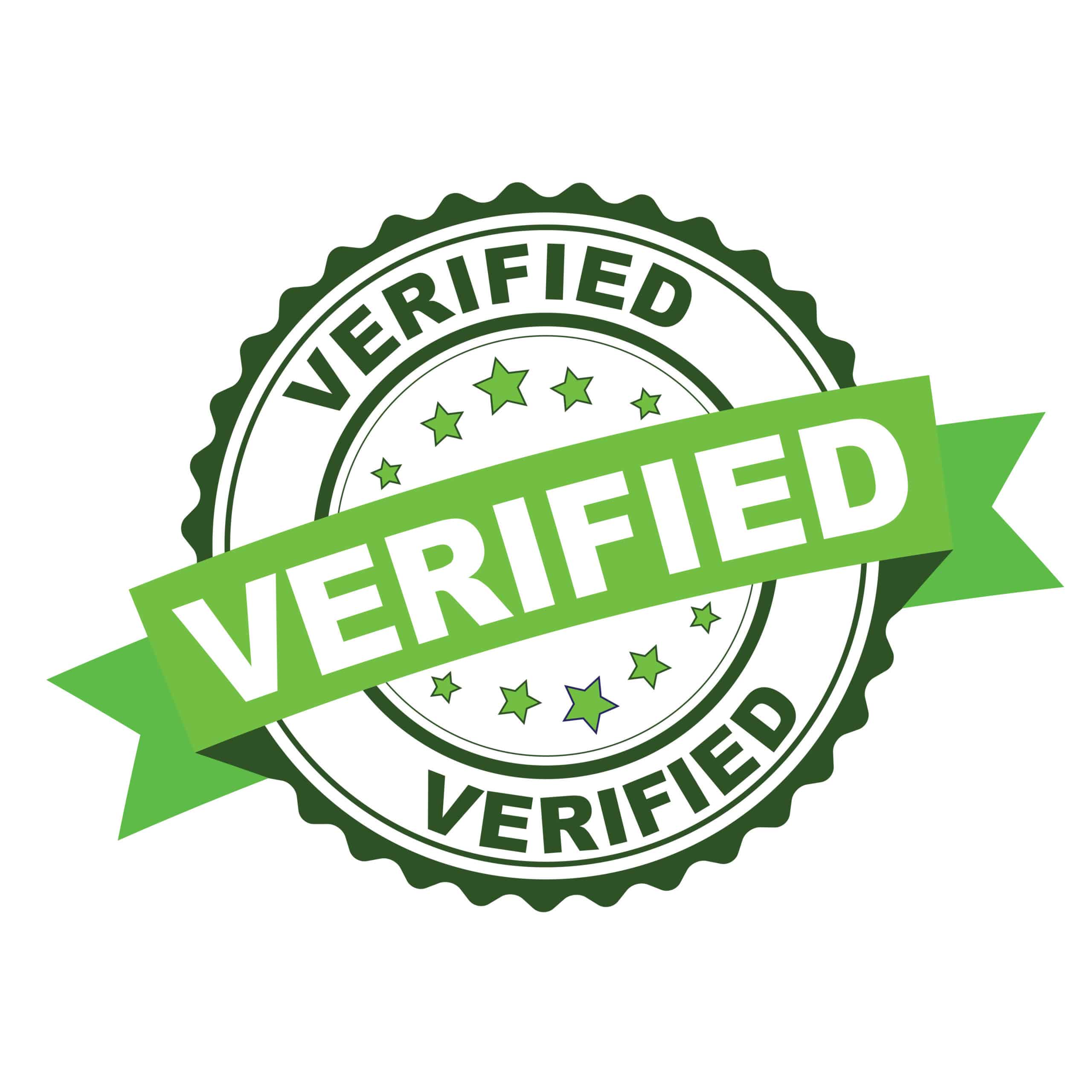How do you know you can trust someone’s LCA results? Well, LCA is a scientific method. And, akin to peer review in science, when verifying an LCA, independent experts give their “approval stamp”.
Here, you’ll learn about the different protocols for verification and how to get your LCA verified.
Verification confirms:
- The LCA complies with ISO Guidelines on LCA (14040 & 14044) and additionally applicable standards and rules.
- The used datasets are appropriate, conclusions make sense, and sensitive parameters are sufficiently addressed.
Verification does not scrutinize your calculations and primary data, but raises questions if they seem invalid.
Which LCAs need which verification
Not all LCAs need to be verified. Verification is mandatory for:
- All Environmental Product Declarations (EPDs) and their underlying LCAs
- Product Environmental Footprint (PEF) studies
- LCAs used to support “public comparative assertions” (PCA) – i.e. publically saying your product is “greener” than a competing product.
Verification takes approximately 5-10% of your LCA budget. Thus, when the above cases don’t apply, LCAs are rarely voluntarily verified. For voluntary verification, the same protocol as in the case of PCAs applies.
Read on to learn how verification works in these three cases.
1. Verifying EPDs
All EPDs need to be verified. EPDs are Type 3 environmental declarations and fall under ISO14025 rules. EPDs in the EU construction sector are additionally standardized by EN15804+A2. However, EN15804+A2 just refers back to the ISO14025 standard regarding the verification process.
So, here’s how to verify an EPD according to ISO14025:
First, send your EPD and its underlying LCA to a reviewer or review panel*. They verify the LCA as described in the introduction – the additionally applicable standards in the construction sector are EN15804+A2 or NMD Bepalingsmethode in the Netherlands.
Then, the reviewer(s) checks the EPD: does it accurately reflects the (now verified) LCA? Our tip here: get your LCA verified before creating the EPD, in case the LCA requires changes upon review.
Finally, the EPD includes a sentence on the outcome of the verification and identity of the reviewer.
*The reviewer(s) may be internal or external to your organization but must be independent of and not have conflicting interests in the LCA. Under the NMD Bepalingsmethode, the reviewers must be organization-external.
EPD in the Dutch construction sector
In the Netherlands, according to the NMD Bepalingsmethode, the EPD can be taken up in the NMD database on Dutch construction products. But only if the reviewer is one of Stichting NMD’s recognized experts, and uses the NMD verification protocol (dutch: NMD Toetsingsprotocol).
2. Verification and validation of PEF studies
PEF studies need to be “verified and validated” if you use any of their data for external communication. Verification checks for compliance with applicable standards, i.e. the PEF rules. Validation checks if data and conclusions make sense. For more details on the procedure and requirements for reviewers, consult the PEF guidance document’s section 8.
3. Critical review according to ISO 14040 & 14044
ISO14040 & 14044 give guidelines on “critical review” (We don’t call it verification here! Different package, similar content). Critical review (CR) is mandatory only for LCAs that give rise to PCAs.
The reviewer(s)* can be one expert or a panel of at least 3 experts. For PCAs, a panel review is mandatory. Interested parties can additionally join the panel – this can help understanding and trust among your stakeholders.
The CR checks the LCA as described in the introduction. It also checks the transparency and completeness of your LCA report, using a checklist from ISO14044. The checklist is stricter for PCAs. Early contact with the reviewer enables you to obtain this checklist and ensure that all necessary information is included.
The CR will result in an extensive “review statement”** (and optionally a panel report), which you must include in your LCA report.
* Again, internal or external, study-independent people with knowledge of LCA.
** This statement is an inventory of review comments, how they were solved, and if the reviewer approves the solutions.
Conclusion
No matter which verification protocol you follow, contacting the reviewer(s) early on is smart. In this way, you can consider their feedback during the LCA process and avoid building upon work that may not be approved later on.
Although not all LCAs mandate verification, it is particularly significant for EPDs, PEF studies, and PCAs. Ultimately, verification guarantees the credibility of LCA outcomes.
Get a free Mobius Trial
References
Shaked, Shanna, et al. Environmental life cycle assessment. CRC Press, 2015.

